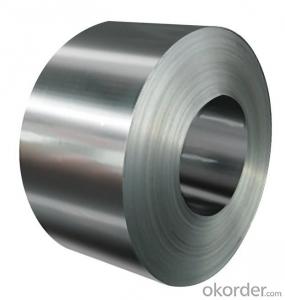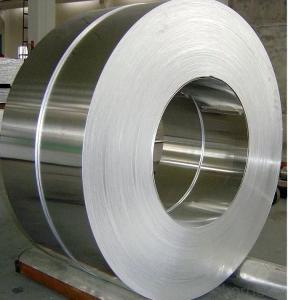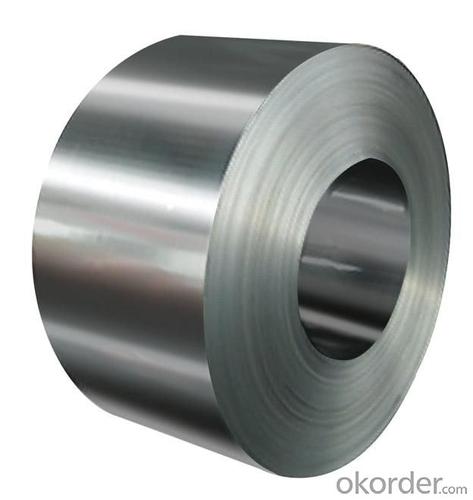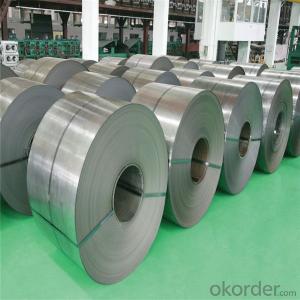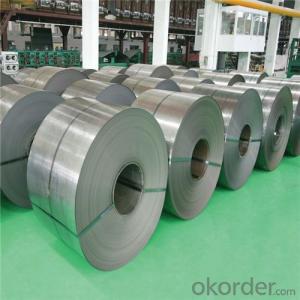304 Cold Rolled Stainless Steel tape for construction
- Loading Port:
- Qingdao
- Payment Terms:
- TT or LC
- Min Order Qty:
- 50 m.t.
- Supply Capability:
- 50000 m.t./month
OKorder Service Pledge
OKorder Financial Service
You Might Also Like
304 Cold Rolled Stainless Steel tape for construction
Main Structure for Cold Rolled Stainless Steel Tape:
1>Thk:0.1mm-50mm
2>Width:100mm-3000mm
3>Length:Coil
4>Surface:BA,2B,No.1,No.4,HL,8K etc
Specification for Cold Rolled Stainless Steel Tape:
Commodity | |||
Description |
Steel Coil/Stainless Steel Coil/Hot Rolled and Cold Rolled Stainless Steel Coil | ||
Standard |
ASTM A240, JIS G4304, JIS G4305, EN10028 etc | ||
Series |
200 Series |
300 Series |
400 Series |
Material |
201,202 | 301,304,304L,TP304,TP304L,309S,310S, 316,316L,TP316,TP316L,317L,321,347, TP321,TP347,321H,347H | 405,409,410,410S, 420,430 |
Thickness |
0.1mm-50mm | ||
Width |
1000mm,1219mm,1250mm,1500mm,1800mm,2000mm,2500mm,3000mm etc | ||
Length |
Coil or as demand | ||
Surface Treatment |
Hot Rolled, Cold Rolled | ||
| Data |
BA,2B,No.1,No.4,No.8,Hair Line,Mirror Finish,Embossed | ||
Packaging |
Wooden Case,Pallet Wooden,20'GP or 40'GP Container | ||
Features |
Stainless Steel Coil is widely used in Container,Shipping,Machine Manufacture, Kitchen and Hardware Tools,Oil and Chemical Industry,Food and Medical Industry, Agricultural and Light Industry,Surgical Knife etc | ||
FAQ:
Why Should You Choose Us:
1.With a lot of exerience for Silo Structure
2.Provide one-step purchase service to save time, cost and energy
3.Competitive price, superior quality, strong finance ability and logstics arrangement
4.Complete service team
Pictures:
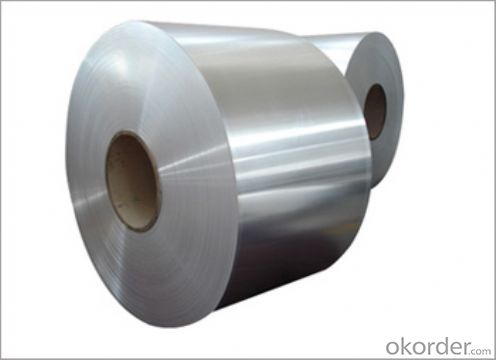
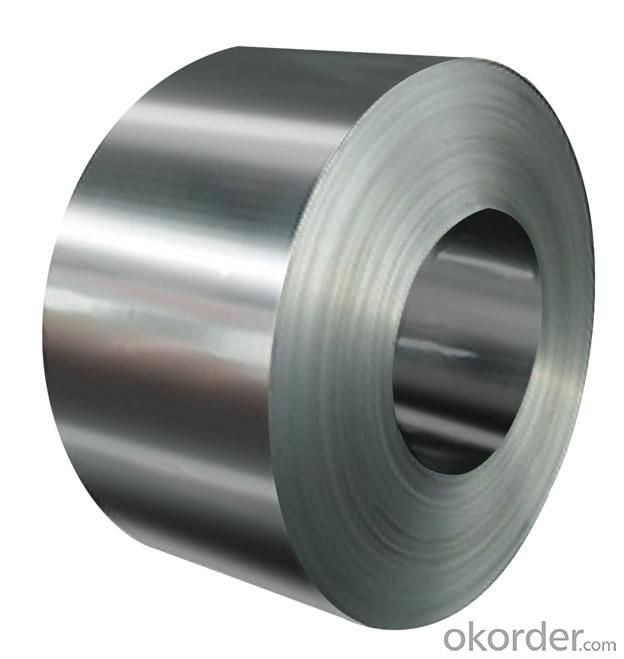
- Q: Is steel harder than iron or is iron harder than steel?Please explain... and help!Thanks
- steel is harder than iron Iron is a chemical element. It is a strong, hard, heavy gray metal. It is found in meteorites. Iron is also found combined in many mineral compounds in the earth's crust. Iron rusts easily and can be magnetized and is strongly attracted to magnets. It is used to make many things such as gates and railings. Iron is also used to make steel, an even harder and tougher metal compound. Steel is formed by treating molten (melted) iron with intense heat and mixing it (alloying) with carbon. Steel is used to make machines, cars, tools, knives, and many other things.
- Q: I looking at replacing a few of the panels on my car with either Carbon Fiber or High Tensile Steel to shave off some weight and increase mpg and take some time off my quarter mile. Which is better: Carbon Fiber or High Tensile Steel?
- In terms of strength/weight ratio then carbon fiber is excellent. However in terms of strength/cost then steels is better. With strength/weight then you save money in the long run (less fuel usage) but with strength/cost ratio you save money immediately when the car is made. So it's a complex tradeoff that has to do with your time-value of money.
- Q: How are steel coils unloaded from a truck?
- Typically, specific equipment and a well-coordinated process are utilized to unload steel coils from a truck. To ensure the safe and efficient removal of the coils, the unloading process consists of multiple steps. First, a forklift or crane is commonly employed to reach into the truck bed and secure the steel coil. The operator of the forklift or crane carefully positions the lifting apparatus underneath the coil, ensuring that it is centered and balanced. Once the steel coil is securely fastened, the forklift or crane gradually raises it out of the truck bed while maintaining stability. The operator must exercise caution and consider factors such as the weight and dimensions of the coil to prevent any accidents or damage. After the steel coil is lifted out of the truck, it is typically placed onto a designated area, such as a flatbed trailer, storage rack, or directly onto the ground. If placed on the ground, wooden blocks or rubber mats are often utilized as protective measures to prevent any damage to the coil or the surface it is placed on. In certain instances, a specialized coil trailer equipped with hydraulic systems may be used to unload the steel coils. This method is particularly beneficial for unloading larger and heavier coils, as it allows for the tilting of the trailer bed and rolling off the coil. In conclusion, unloading steel coils from a truck necessitates skilled operators, appropriate lifting equipment, and adherence to safety protocols. It is crucial to meticulously follow these steps to ensure the safe and efficient unloading of steel coils.
- Q: How are steel coils loaded onto trucks or containers?
- Steel coils are typically loaded onto trucks or containers using specialized equipment such as cranes or forklifts. The coils are carefully lifted and positioned onto the truck or container bed, ensuring proper weight distribution and securing them with straps or chains to prevent any movement during transportation.
- Q: What are the environmental considerations associated with steel coil production?
- The environmental considerations associated with steel coil production include the extraction of raw materials, such as iron ore and coal, which can lead to habitat destruction and air/water pollution. The manufacturing process involves energy-intensive operations and emissions of greenhouse gases, contributing to climate change. Waste generated during production, such as slag and dust, can also have negative impacts on the environment if not properly managed. Additionally, the transportation of steel coils over long distances can result in carbon emissions and increase the overall environmental footprint of the product.
- Q: How are steel coils used in the production of metal ceilings?
- Steel coils are an essential component in the production of metal ceilings. These coils, which are typically made of high-quality steel, are used to create the base material for manufacturing metal ceiling panels. The first step in the process involves uncoiling the steel coils and feeding them into a roll forming machine. This machine gradually shapes the steel into the desired profile for the ceiling panels. The coils are passed through a series of rollers, which bend and shape the steel into the required dimensions and design. Once the steel has been shaped, it is then cut into individual panels of the desired length. These panels are then subjected to various finishing processes such as surface treatment, painting, or powder coating to enhance their appearance and durability. Steel coils are preferred in the production of metal ceilings due to their excellent strength and rigidity. They provide a sturdy foundation for the ceiling panels, ensuring their longevity and resistance to deformation. Moreover, steel coils offer superior fire resistance, making them a safe choice for use in commercial and industrial buildings. In addition to their structural benefits, steel coils also allow for a wide range of design possibilities. The malleability of steel allows manufacturers to create intricate patterns and textures on the surface of the ceiling panels, providing aesthetic appeal and enhancing the overall interior design. Overall, steel coils are an integral part of the production process for metal ceilings. They provide the necessary strength, durability, and versatility required for creating high-quality and visually appealing ceiling panels used in various commercial and residential spaces.
- Q: Can steel coils be bent or formed into different shapes?
- Yes, steel coils can be bent or formed into different shapes through various processes such as rolling, bending, or stamping.
- Q: the difference between the original steel and mild steel from percentage of carbon
- Carbon steel includes mild steel. Mild carbon steel(as it is referred to) contains .05 - .29% carbon. Medium carbon steel is from .30 - .59%. High carbon steel is from .60 - .99%. Ultra high carbon steel is from 1.00 - 2.00%. Steel is considered carbon steel up to 2.1%. Past that it is considered cast iron. The more carbon in the steel the harder and less ductile and maleable it is and also the more brittle it is. The less carbon in the steel more it will bend and shape without breaking. So in essence carbon adds strength but takes away from its elasticity. If you are interested in this subject an interesting source is swordmaking where hardness(carbon content) is crucial. The information behind this subject is pretty infinite.
- Q: I need to know what steel's weakness is.
- Steel pokemon have 3 weakness its fighting, Ground and fire attacks
- Q: Can steel coils be stacked on top of each other?
- Yes, steel coils can be stacked on top of each other.
Send your message to us
304 Cold Rolled Stainless Steel tape for construction
- Loading Port:
- Qingdao
- Payment Terms:
- TT or LC
- Min Order Qty:
- 50 m.t.
- Supply Capability:
- 50000 m.t./month
OKorder Service Pledge
OKorder Financial Service
Similar products
Hot products
Hot Searches
Related keywords
